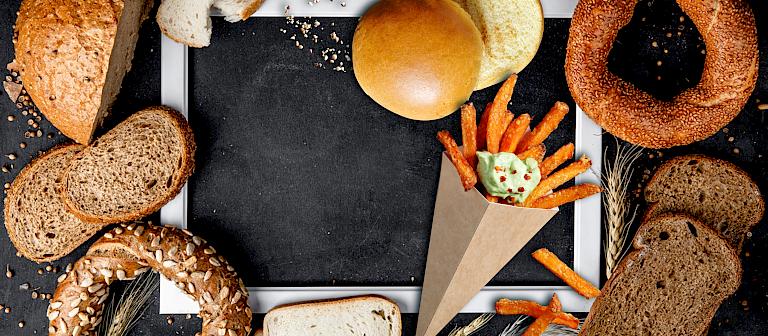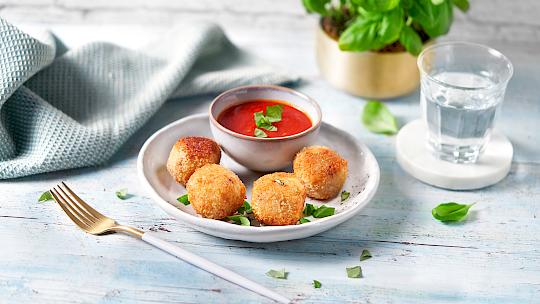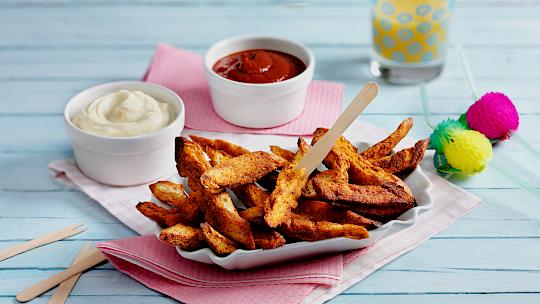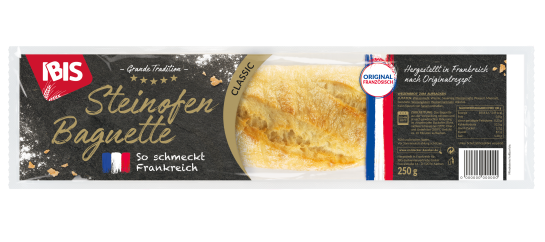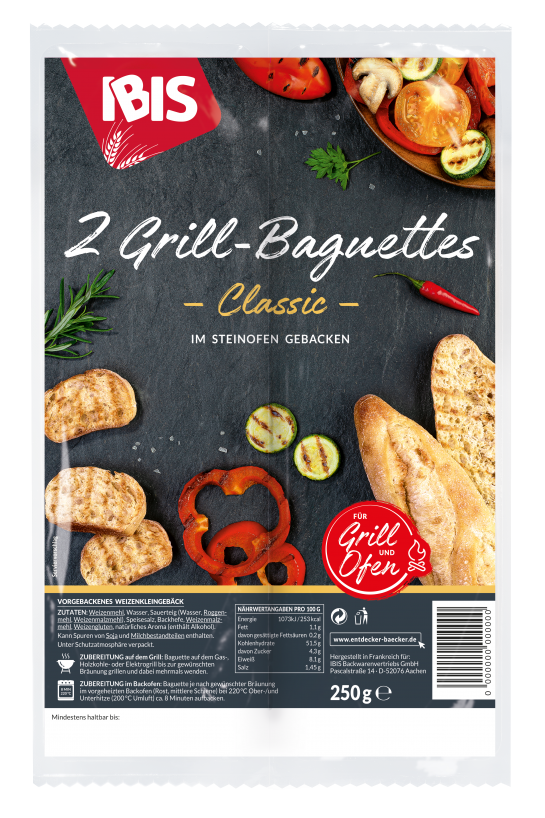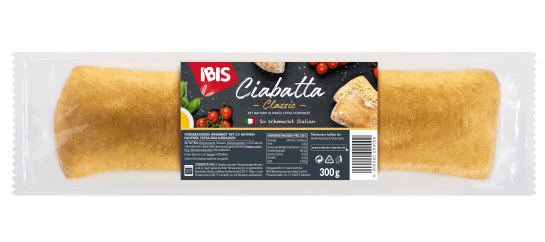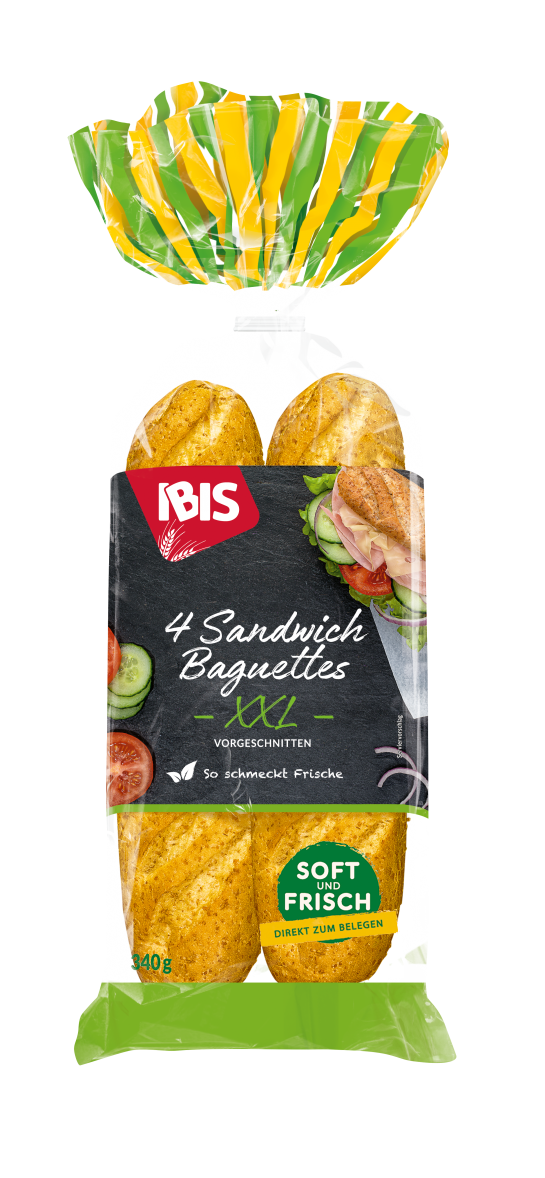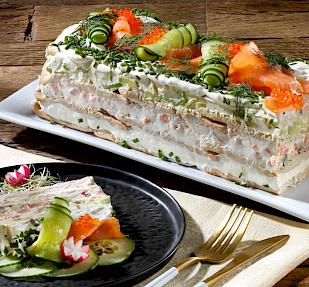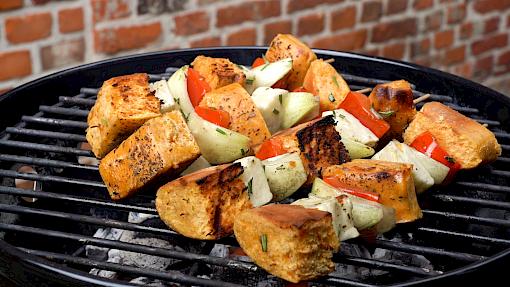Using leftover bread
Germans throw away about 55 kg of food per capita and year - almost half of it is still edible and usable. Fresh fruit and vegetables account for the largest share, followed by cooked or home-prepared food as well as bread and baked goods. The most common reasons for disposing of food that is actually still edible are shelf life problems, i.e. food that has spoiled or gone bad or is visually unappetising and no longer tasty. The second most common reason is that portions are too large, followed by incorrect quantity planning when shopping. Only then come products that have exceeded their best-before date.
Here we show that you can still make something out of stale bread and rolls:
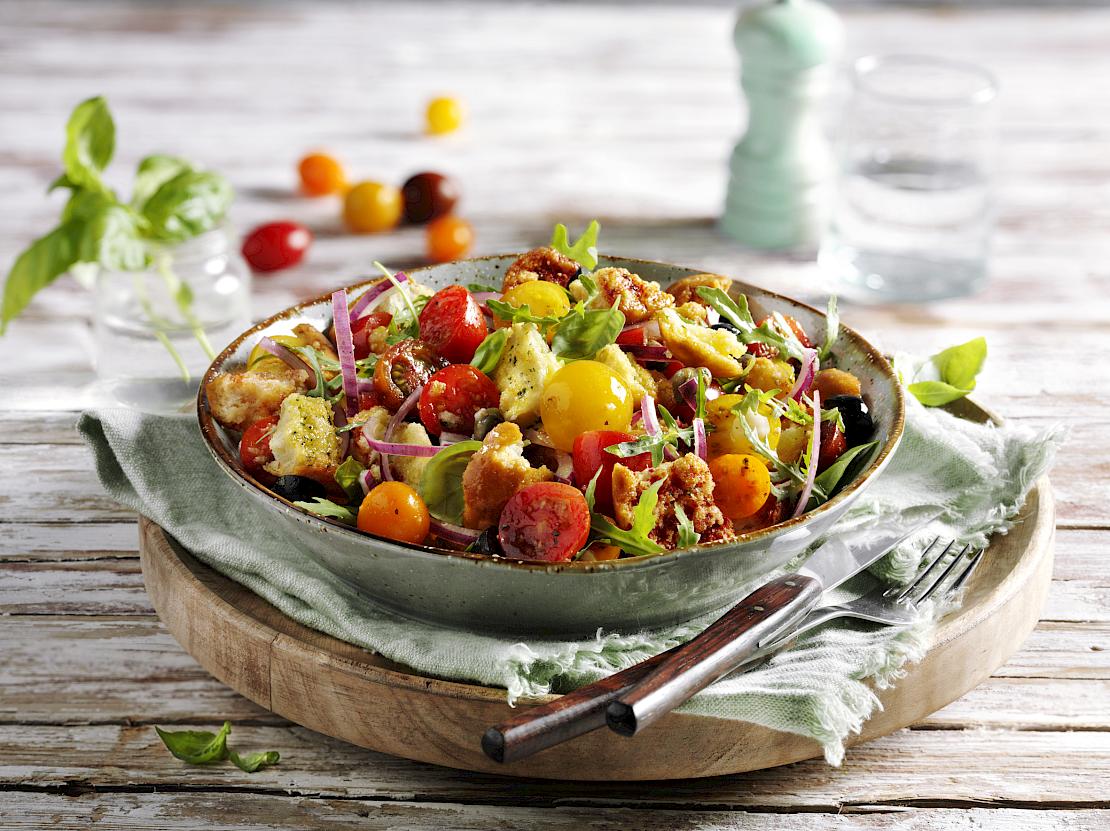
The easiest way to use stale bread: breadcrumbs.
If you can already foresee that bread or rolls will be left over, then it makes sense to dry them in the air. You can then process the pieces into breadcrumbs using a grater or food processor, for example, and store them in an opaque screw-top jar. Dry breadcrumbs keep for a very long time and are an excellent ingredient for setting, sprinkling on cake tins or breading.
Perhaps some of you have heard of or even used panko flour? This is the Asian version of our breadcrumbs. It is made from white bread without the crust and is a little coarser, fluffier than our breadcrumbs. Anyone who has ever breaded a piece of meat, fish or vegetables with panko will be thrilled by how crispy the breading becomes.
However, panko breadcrumbs are relatively expensive to buy - so why not make them yourself? To get the typical crispy consistency, use white bread without a crust. Break it into small flakes and spread them out on a baking tray (approx. 15 min. at 50 °C convection oven). Bake the bread crumbs until they are completely dry and crispy. Then you can use them in your favourite recipes and coat them with breadcrumbs.
300 g white bread without crust yields approx. 200 g panko breadcrumbs.
Crostini
Italian cuisine is known for conjuring up something good even from the smallest things that are left over. Since no meal should be without bread, the leftovers from the bread basket are used for crostini the next day.
The dried slices have become crispy and are now just topped with one of the spicy spreads, of which there are endless varieties in Italy. The basic recipe is to rub the slices with garlic, roast them and drizzle them with olive oil before eating.
Even better than air-drying the slices is to roast them in the oven (approx. 10 minutes at 180 °C top & bottom heat). You can then add fresh tomato cubes or use a spread of olives, anchovies or tuna.
However, anything that can be spread is suitable as a dip. This can be a good liver sausage, a ready-bought paté or a quickly mixed cream. Aromatic Parma ham is also popular on the crostini.
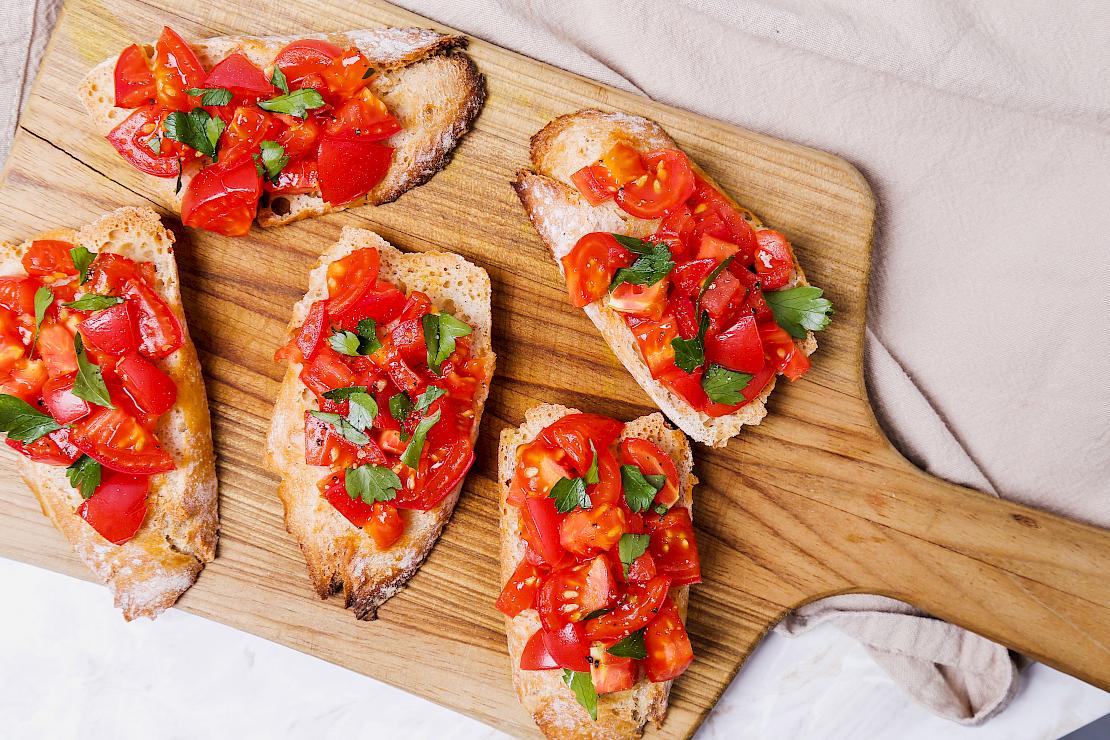
Croutons
Croutons can also be made from leftover bread. To do this, cut the bread of your choice into approx. 1 cm cubes and fry them in a pan with oil or butter until golden brown all over. Then place on kitchen paper and sprinkle with salt and paprika powder to taste.
Homemade croutons are an easy way to spice up soups or salads. Tip: Sprinkle them on just before serving!
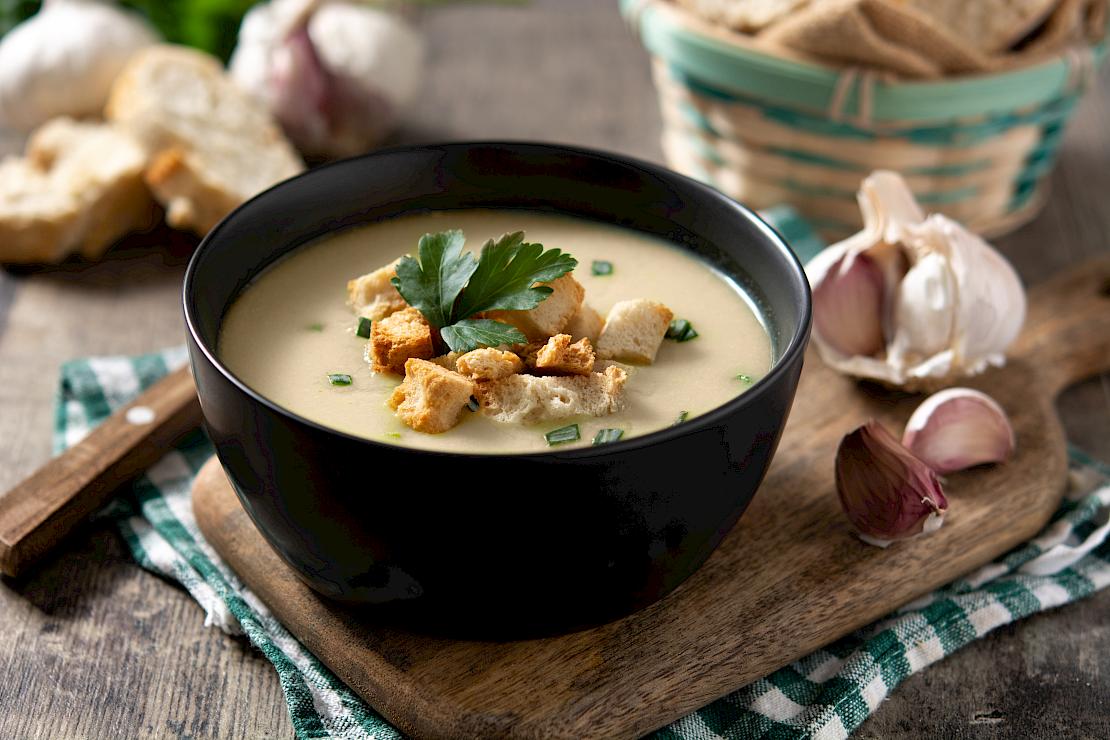
Poor knights
Also a well-known leftover food: Poor Knights. For this you also need stale buns or white bread, sliced and dipped in a milk-egg-sugar mixture. Then fry these slices in a pan until golden brown on both sides. There are many great recipes on the web for this delicious childhood food.
Bread salad
Another option is panzanella, this bread salad is especially well-known and popular in Italian cuisine. Here, stale bread is mixed with tomatoes, green salad, onions, garlic and of course olive oil and spices.
We have prepared a great recipe here - have a look.
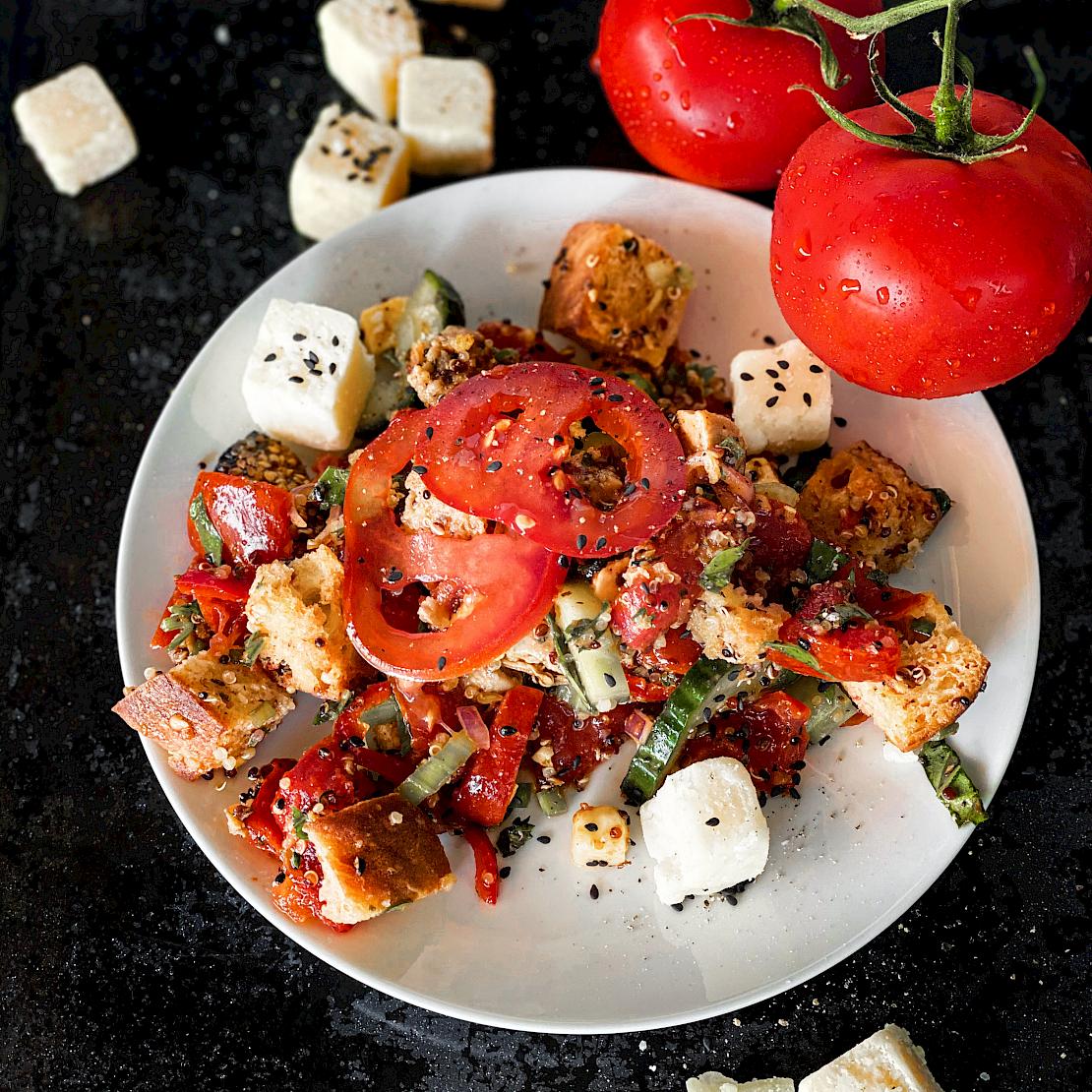
Polpette de Pane
So you can see that you can do a lot with leftover bread instead of throwing it in the bin. Try this summery recipe: "Polpette de Pane with fruity tomato sauce" comes from southern Italy and is typical of the "Cucina povera". Translated, this means "poor cuisine" - but it also signifies a kitchen philosophy that focuses on the essentials: To conjure up a simple but very tasty dish with just a few everyday ingredients.
Take a look at our recipe video. There we show you step by step how to make polpette de pane.
Hmm, fancy some crispy red and white fries? You're in the mood for crispy sticks, but your freezer is empty and you don't feel like running to the nearest snack bar? But if you have stale bread such as baguette or ciabatta in the house, why not make "barrier" bread fries? We'll show you how to make them and how you can also make your own ketchup and mayo. Click here to watch our recipe video:
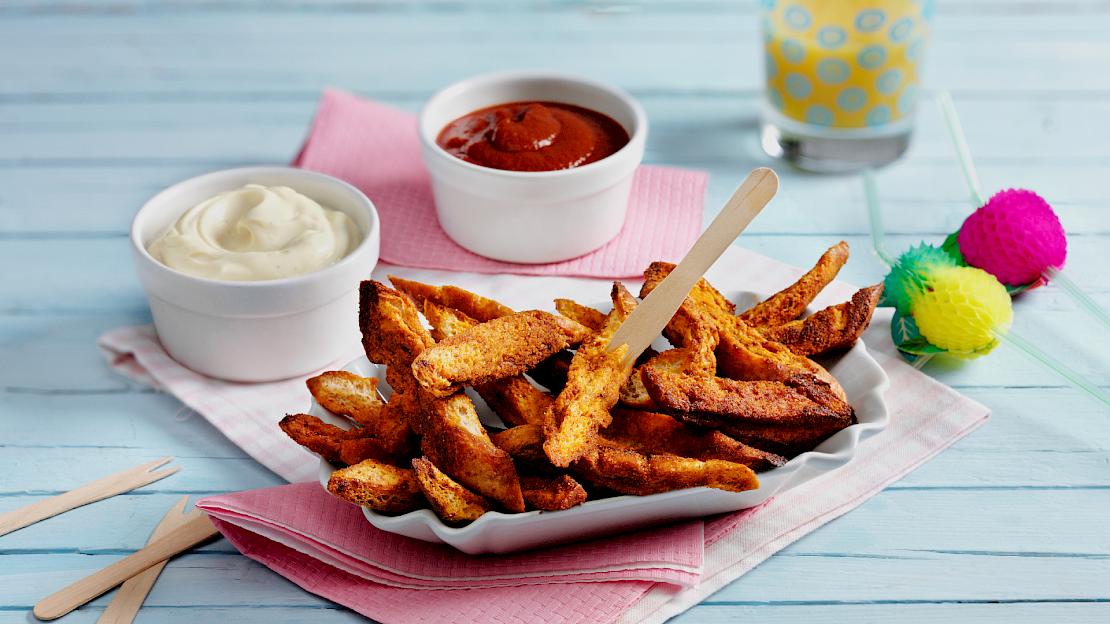
Good cause: old bread as animal food
Before you throw away stale bread, see if you can give it to sanctuaries, animal parks or animal shelters near you. This is done by drying the bread completely in the air. Such facilities exist in many cities and are always grateful for donations of food. However, it is not recommended to feed bread directly to birds and wild animals. It usually does more harm to them and the environment than good. On the other hand, the keepers of the enclosures know exactly which of the animal inhabitants tolerate the stale bread well.
